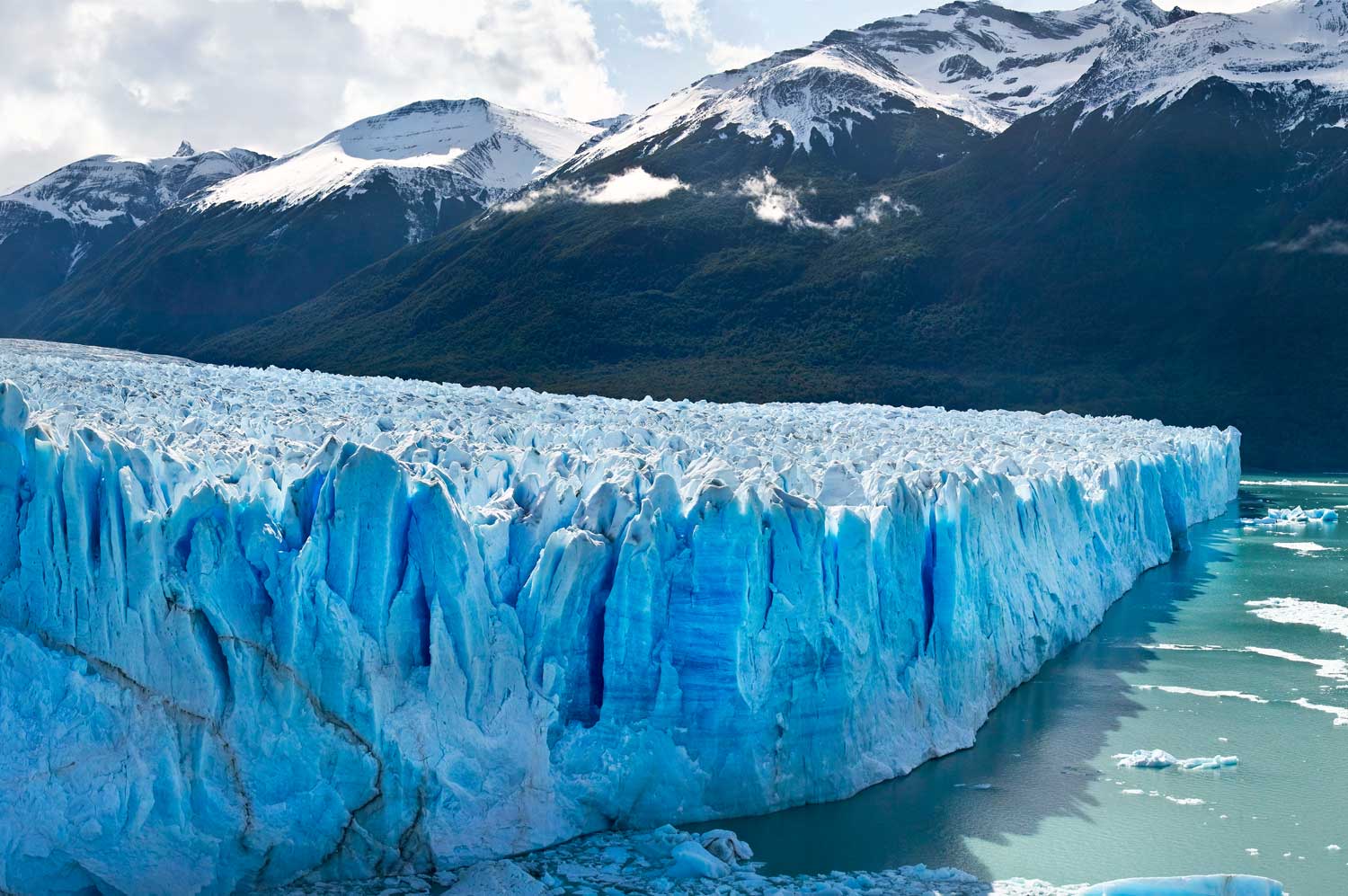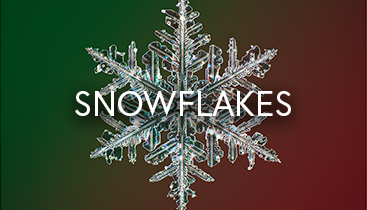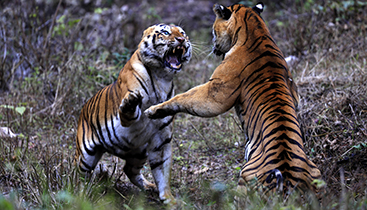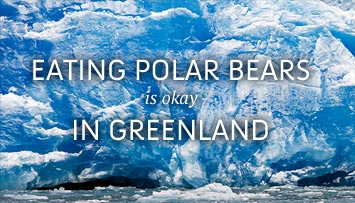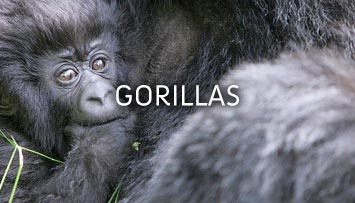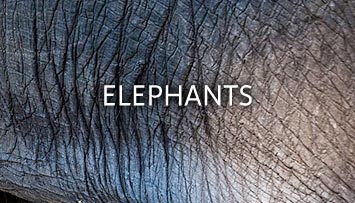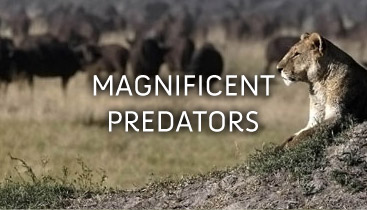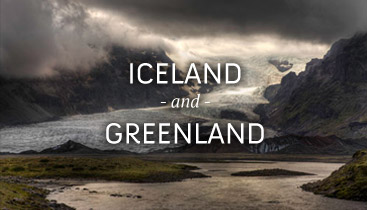Travel & Photo Essays
Penguins!
The reason to go to the Falkland Islands is that it the best place in the world to see and photograph the King, Rockhopper, Gentoo and Magellanic penguins.
Each of these species has its own look and personality. Each is almost impossibly cute. They look, of course, like little men in tuxedos, and it is irresistible to anthropomorphize their antics into human terms.
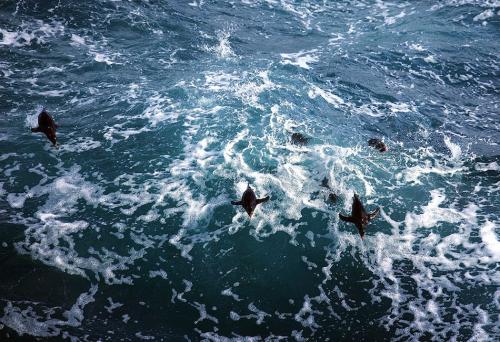
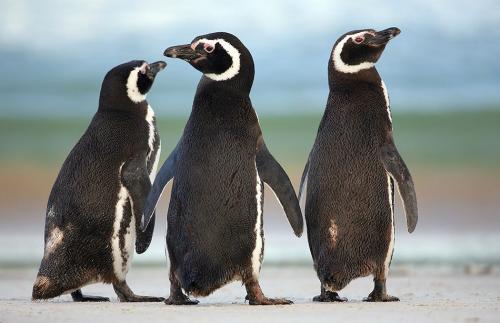
Penguin colonies are noisy affairs. Penguins make very loud calls do a ritual calling – in part for territory, in part to inform the chicks and mate that they have returned from the sea, and in part to reinforce bonds between the adult penguin couple. Or anyway that is the standard story. I am a bit skeptical about some of the standard story, so I will need to turn to the primary literature when I get back.
Magellanic penguins dig burrows in peat or soil, and thus their colonies are more spread out than the others. Their call is a braying donkey-like sound that has earned them the alternate name Jack Ass penguins.
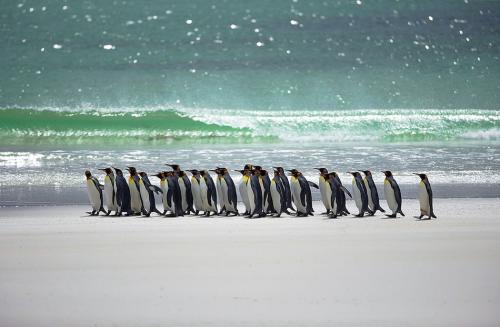
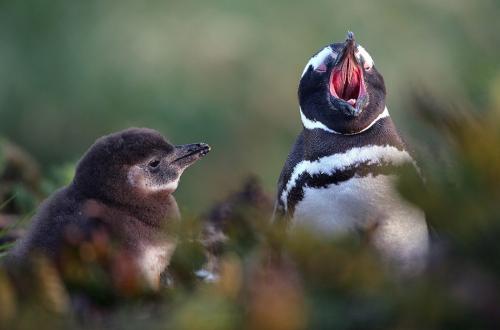
The Gentoo form colonies on flat ground, without much in the way of individual nests. They are a bit better looking that Magellanics, and their call is not quite as piercing. Gentoo have the odd habit that when a parent returns from the sea with food for the chicks, the refuse to feed the chicks until the after the chicks chase the adults around the colony. It is believed that this is to test whether the chicks (there often are two per couple) are strong enough to deserve to be fed. So every colony has the farcical scene of some adults being chased by inept and clumsy chicks.
Colonies in the open face a threat from above – gulls and the dreaded predator the skua swoop in to carry off chicks and eggs. When they come around, the adults peck at them, but to little effect.
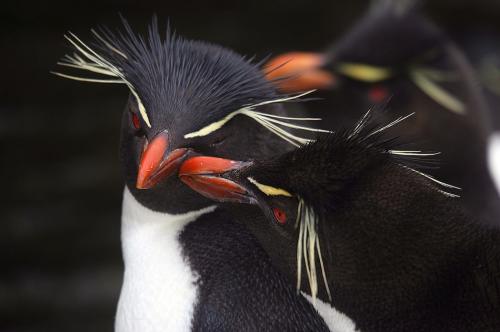
Rockhoppers are even more comical in appearance – they have a punk haircut with bright yellow highlights. They are utterly unafraid of humans, and will come up to closer than you can focus. My big equipment mistake was not bringing a macro lens to the colony. Rockhoppers live in colonies on rocky cliffs over the ocean, entering and leaving the sea by hopping on almost shear surfaces. It is amazing how they surf waves into the rocks then deftly jump out at the last moment.
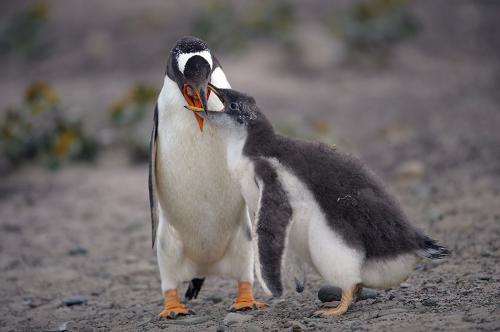
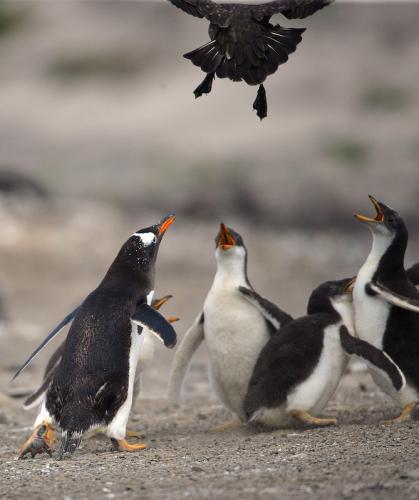
When calling the normal docile rockhopper temporarily becomes a bird possessed. It starts with the head low, and angry look (as I say, impossible not to anthropomorphize). This builds into a frenzied crescendo arching their backs, and throwing their heads from side to side.
King penguins are the most visually striking. They are just beautiful – at least when they have prime plumage. Molting birds look incredibly ratty by contrast. Kings have a wider range of behavior – in addition to calling (rather stately and reserved compared to the others) they have some interesting social interaction. There are several modes. One is for two penguins to stand close together and hold their beaks at the same angle – usually starting very high – say 80 degrees, then very slowly relaxing down to 45 degrees, in unison. Another behavior is pulling themselves up to stand as tall as possible and walking close to their peer, often bumping them with their bellies. This certainly looks like dominance or one-upmanship. They will also stand together in close clumps like teenagers hanging out. Sometimes the clump erupts into a round of aggression – they stand tall and whack each other with their flippers. It looks a bit like a Three Stooges routine.
It’s impossible to be near a penguin colony without noticing something else – wow can they ever shit! The ground is covered with long white stripes. I wondered where this came from until I saw the ballistic nature of penguin defecation in process. It turns out that I am not the only one who wondered about this – a scientific paper (winner of an IgNoble Prize) on the topic, is available here.
Being around a bunch of penguins and other bird chicks rather pointedly brings up the question of why we humans find them so cute and visually appealing.
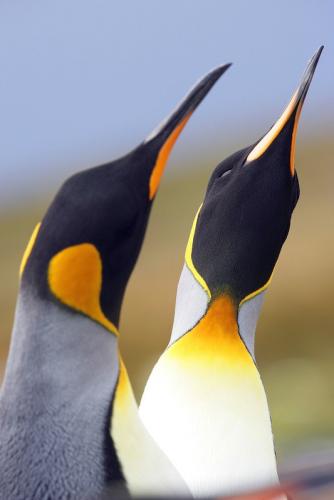
Perhaps you disagree with them being cute, but irrespective of personal taste it is hard to escape the fact that these animals look exactly as if a plush toy designer had come up with them. Why is this?
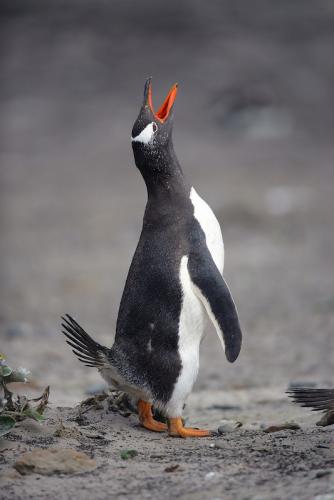
It turns out that there are some reasonably well developed scientific theories of cuteness.
Penguins look like little people – their bipedal stance, walking gait and proportions look like a tiny toy person. Self-love is something humans are good at, so it is natural to find these animals compelling. Their behaviors also happen to map well to human behavior – or at least one can naively imagine so because they are stereotypically similar to some of our own actions.
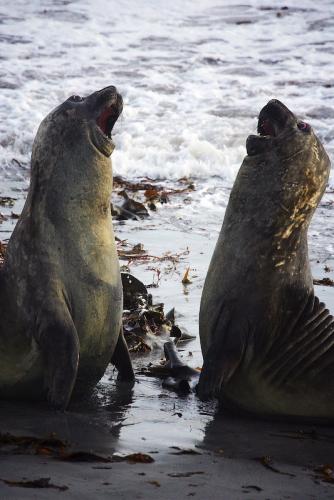
That covers penguins, but there are some more universal aspects of cuteness. I once studied to be a cartoonist (alas, I wasn’t funny enough) and in that field they have this very well figured out. The rule of thumb is that if you want a cartoon character to be cute, you draw it so that the total body height is between 2.5 and 3 times the height of the head. This gives you a Mickey Mouse, or Tweety Bird sort of character. You then make the eyes a large fraction of head height – little beady eyes are not cute. To make a heroic character – say Superman, Spiderman or Captain America you want 7.5 to 8 heads high. It always has amused me that being a pinhead looks heroic.
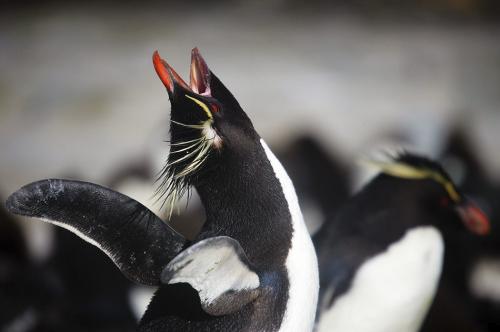
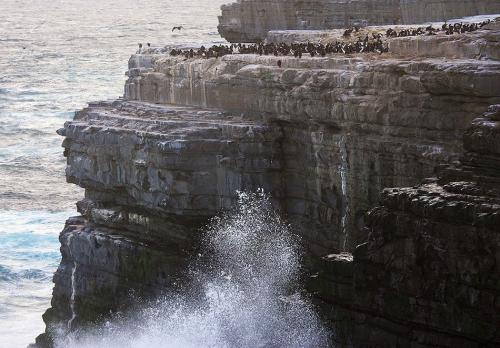
This works because young mammals (and the young of some, but not all other animals) have this sort of body proportions. They have large heads for their bodies, large eyes for their heads and soft rounded plump features. According to this view, our reaction of “cute” is a longstanding genetic remnant of our history as small mammals. While it may seem perfectly human, in fact it is a non-human emotion that we share with our animal ancestors over the last 200 million years.

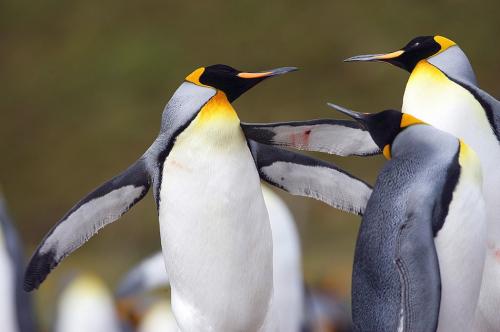
One could argue that this is coincidence – we think that these things are cute because OUR babies have these proportions rather than some hold over from non-human ancestors. The cincher in the ancestral theory is that creatures with a covering of hair or downy feathers tend to look cute. This cannot be related to human features – our babies are hairless. Yet plush toys are plush, and we love furry, fuzzy cuddly creatures.
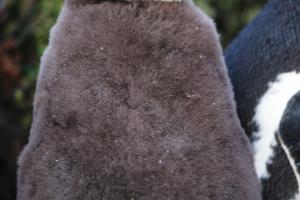
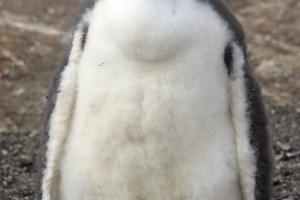
The young of many birds and mammals have fine hair or down because they are smaller and less active than the adults and thus need more insulation. Our ancestors have (likely) not had this hair on their infants for more than a million years, yet still we find it
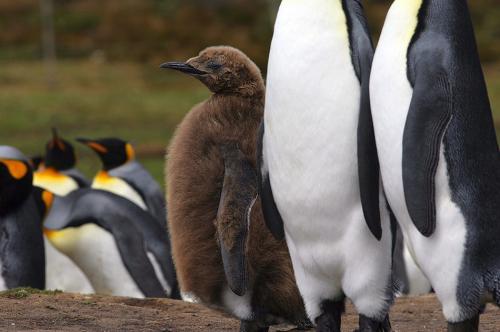
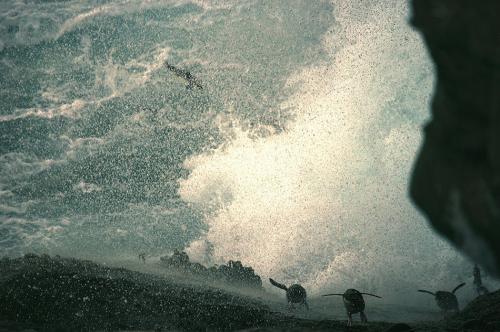
The Falklands offered the opportunity to see all of this up close. Albatross chicks, and those of most penguins are essentially plush toys – so much so that they look fake. King cormorants, on the other hand, have young that are nowhere near as cute. When they are young they look very reptilian – not cute at all. As they get older, their down grows out and they look a bit better (showing how important being fuzzy is).
